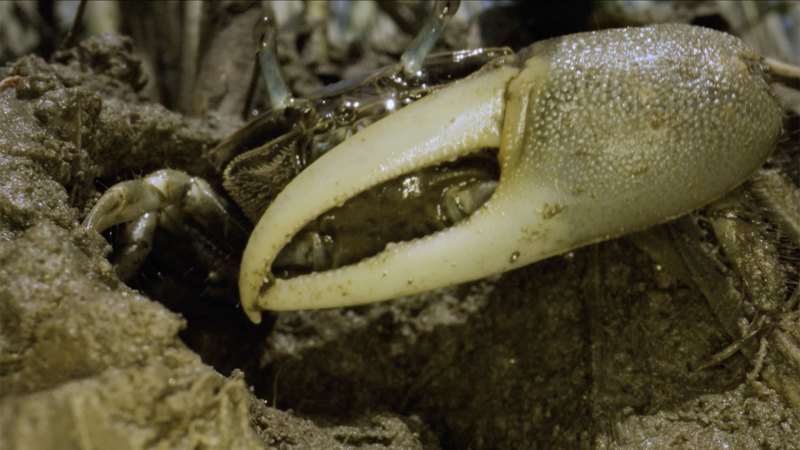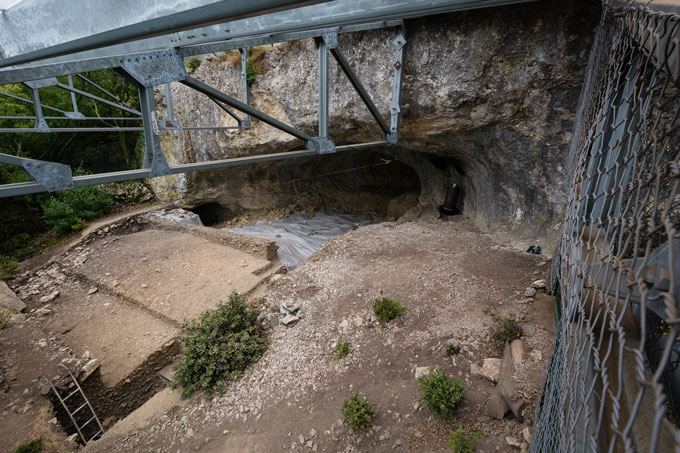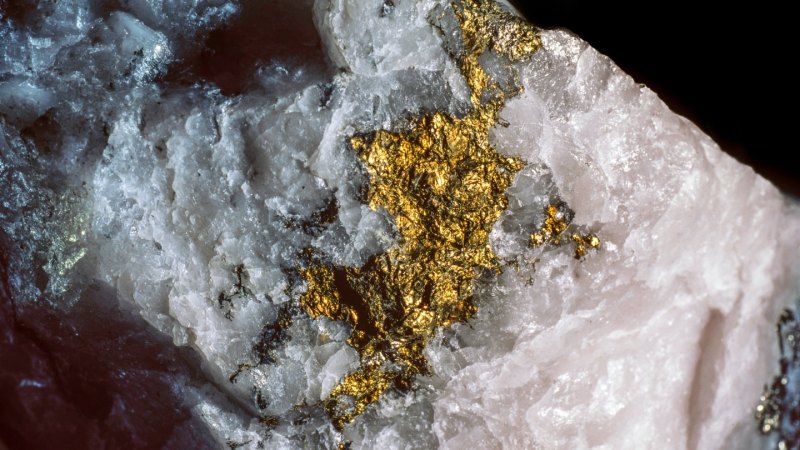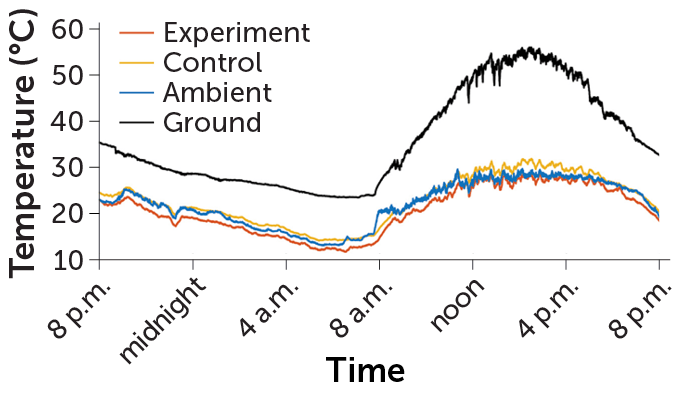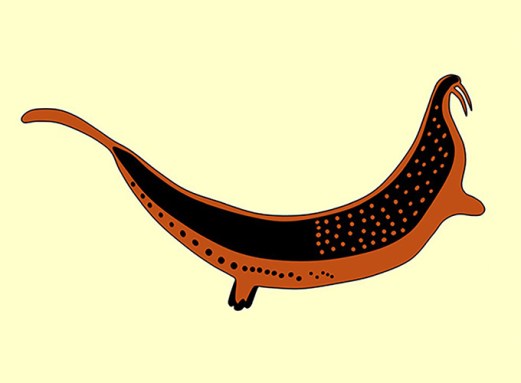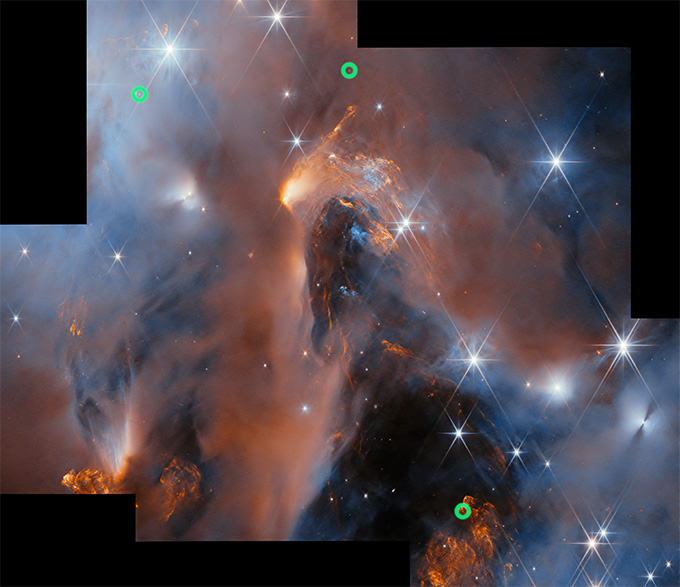The flute crabs are migrating north to cooler waters
This video was supported by funding from the Howard Hughes Medical Institute. TRANSCRIPT David Johnson: So, in 2014, we were on a mud bank in the marsh here in Massachusetts, and I saw this little crab that came crashing through the mud bank and into a hole. And so I dug up the crab and … Ler mais
